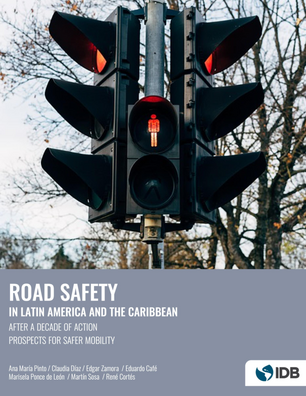Road safety in Latin America and the Caribbean: after a decade of action prospects for safer mobility
Date
Mar 2023
EDITOR
Ana María Pinto, Claudia Díaz, Edgard Zamora, Eduardo Café, Marisela Ponce de León, Martín Sosa, René Cortés,
The first Decade of Action for Road Safety has ended, but not without demonstrating the importance that systemic work on road safety offers towards protecting life. At the same time, it is clear that real progress in road safety requires a significant commitment of time, resources and political effort. In the Latin American and Caribbean region (LAC), over the past ten years, the growth in the rate of vehicle deaths has slowed. Unfortunately, in the last two years this trend has reversed due to the expansion of the motorcycle fleet in the region. Although it has been possible to raise awareness, create institutions, plan and implement important actions to reduce fatalities, LAC has not obtained the same results as high-income countries, which have entirely reversed the trend in road deaths. In accordance with the above, it is possible to conceive of a second decade of action as an opportunity for LAC countries to finalize the processes initiated over the past decade and to introduce successful lessons experiences from other countries in the region. With this study, the IDB intends to guide this process of continuous improvement, highlighting the best practices and offering an overview of how to move from theory to practice, following the principles that mobility must be safe, sustainable and inclusive, while reducing the risk to all road users, especially the most vulnerable, and maintain the focus on users with special needs (people with disabilities, children and the elderly).




